Clutch Parts – Everything You Need to Know About Fixing and Upgrading Your Clutch
If your car feels like it’s slipping, grinding, or just won’t shift smoothly, the clutch is probably the culprit. Most drivers only think about the clutch when it finally quits, but the truth is you can catch problems early and even boost performance with the right parts. Below we’ll walk through the basics of clutch components, when to replace them, and how to pick a kit that fits your budget and driving style.
A clutch system isn’t just a single piece of metal – it’s made up of a pressure plate, disc, release bearing, and a few other bits that work together to connect and disconnect the engine from the gearbox. When any of these parts wear out, you’ll notice a change in how the car behaves: a high or low bite point, a burning smell, or a hard pedal. Spotting these signs early can save you from a full‑blown failure that leaves you stranded on the side of the road.
At Northwich Tyres Centre we carry a wide range of clutch parts for both everyday drivers and performance enthusiasts. Whether you need a standard replacement kit for a commuter car or a high‑performance Stage 2 kit for a spirited manual, we’ve got you covered. Below are two quick guides to help you decide what’s right for you.
Choosing the Right Clutch Kit
First, think about how you use the car. If you do mostly city driving with occasional highway runs, a standard OEM‑style kit is the safest bet – it offers smooth engagement and long wear. Look for a kit that includes the pressure plate, clutch disc, and release bearing, all matched to your vehicle’s make and model.
For drivers who love to push the limits – track days, hill climbs, or spirited weekend runs – a performance kit can make a big difference. Stage 2 kits typically have a higher friction material on the disc, a stronger pressure plate, and a lightweight release bearing. This combination gives a firmer bite point and can handle more torque, but it may feel a bit harsher in everyday traffic.
Don’t forget the small but important extras: a new flywheel (if the old one is warped), a clutch alignment tool, and a quality hydraulic fluid if your car uses a hydraulic clutch. Installing these together ensures the new clutch works flawlessly from day one.
How Much Does a Clutch Replacement Cost?
Cost is the biggest question most people ask. A basic clutch replacement for a typical family car usually runs between £300 and £600, including parts and labour. The price can climb to £800‑£1,200 if you opt for a performance kit or have a larger engine that requires a heavy‑duty pressure plate.
Labour is a big part of the bill because the mechanic has to remove the transmission to get to the clutch. If you’re handy and have the right tools, you could save on labour by doing it yourself, but it’s a job that takes a few hours and needs a solid lift and safety precautions.
To keep costs down, book your clutch service early. Catching worn bearings or a slipping disc before it fully fails can prevent expensive collateral damage to the flywheel or gearbox. Also, ask about any package deals – many shops, including Northwich Tyres Centre, bundle clutch kits with a new flywheel or alignment service for a better price.
In short, knowing the signs of a bad clutch, picking the right kit for your driving style, and budgeting for a realistic replacement cost will keep your car shifting smoothly and safely. Need help picking the perfect clutch parts for your ride? Drop by our Northwich centre – we’ll walk you through the options, fit the kit, and get you back on the road without the slip‑and‑slide.
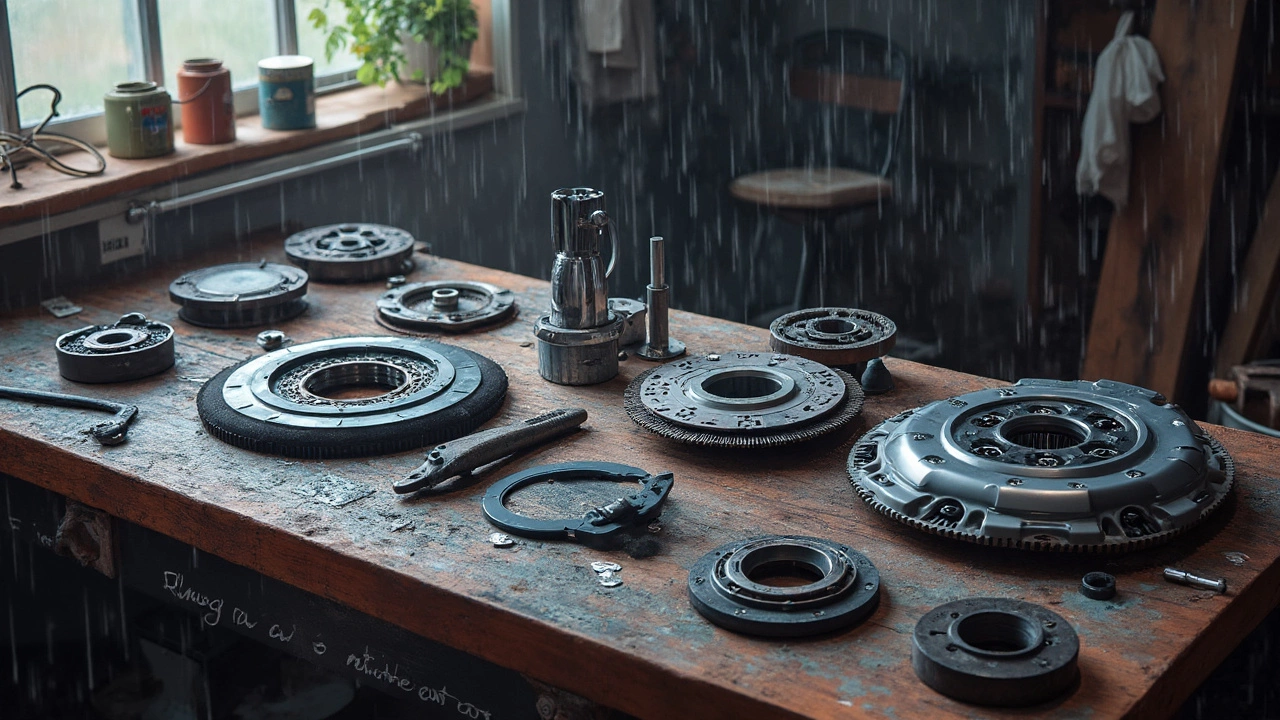 13 May 2025
13 May 2025
Clutch Kit: What’s Actually Inside and Why Each Part Matters
Ever wondered what’s actually bundled inside a clutch kit? This article breaks down each component, explains its job, and shares what to look out for before you buy. You’ll get tips for choosing the right kit, common signs of clutch wear, and guidance for a smoother DIY swap. Don’t risk getting stranded—know what goes into your clutch kit and why it matters. Maintenance just became a whole lot easier.

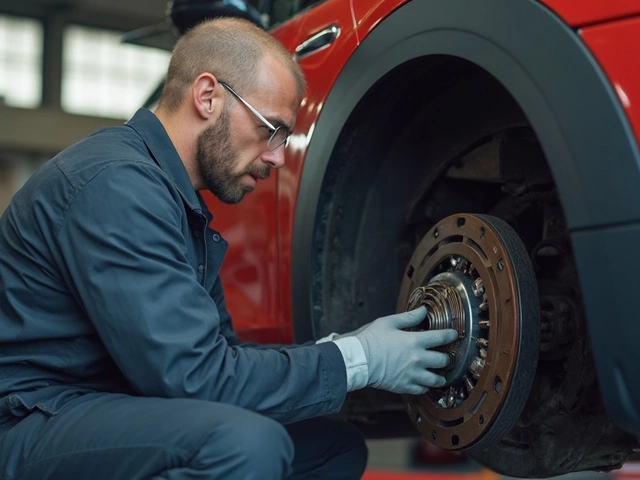

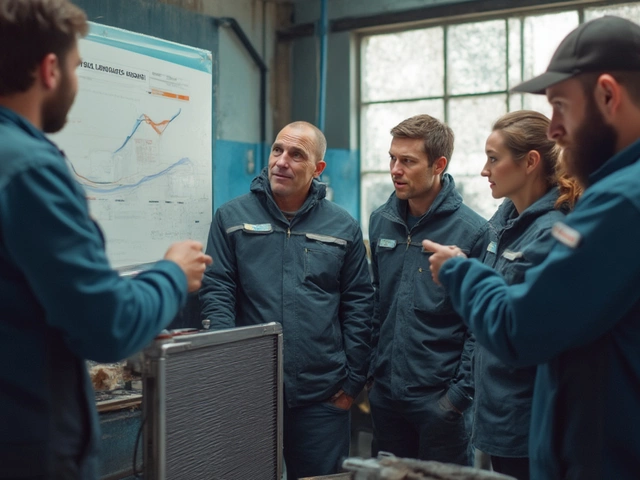
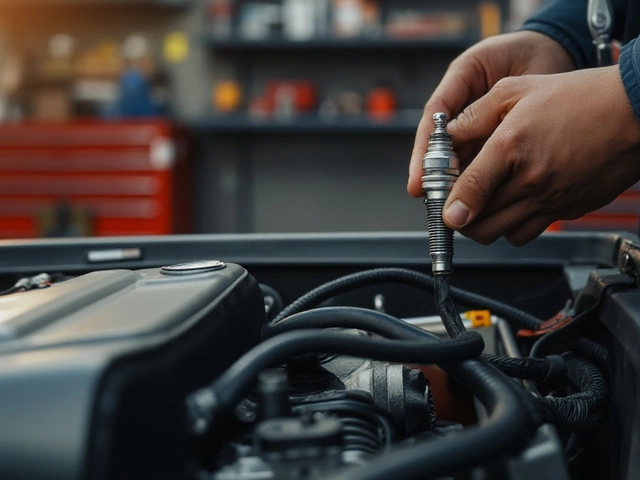
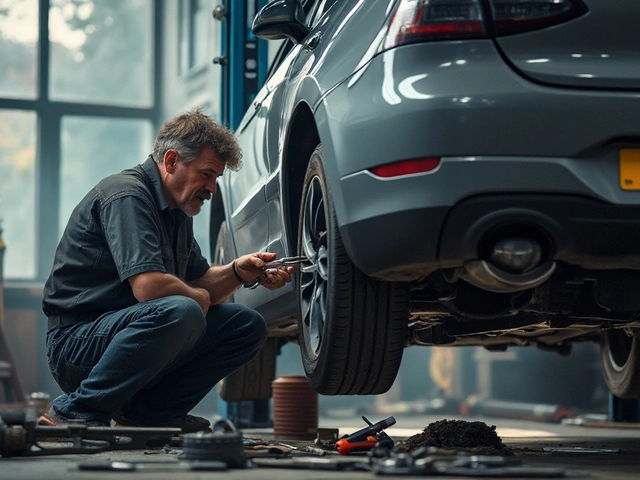
0